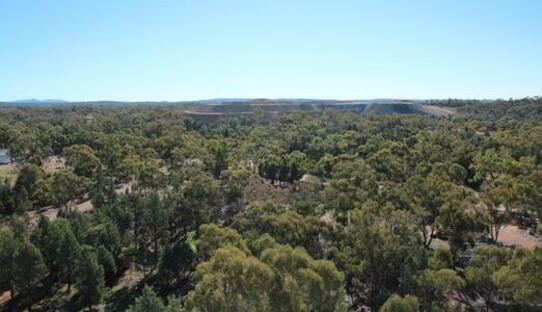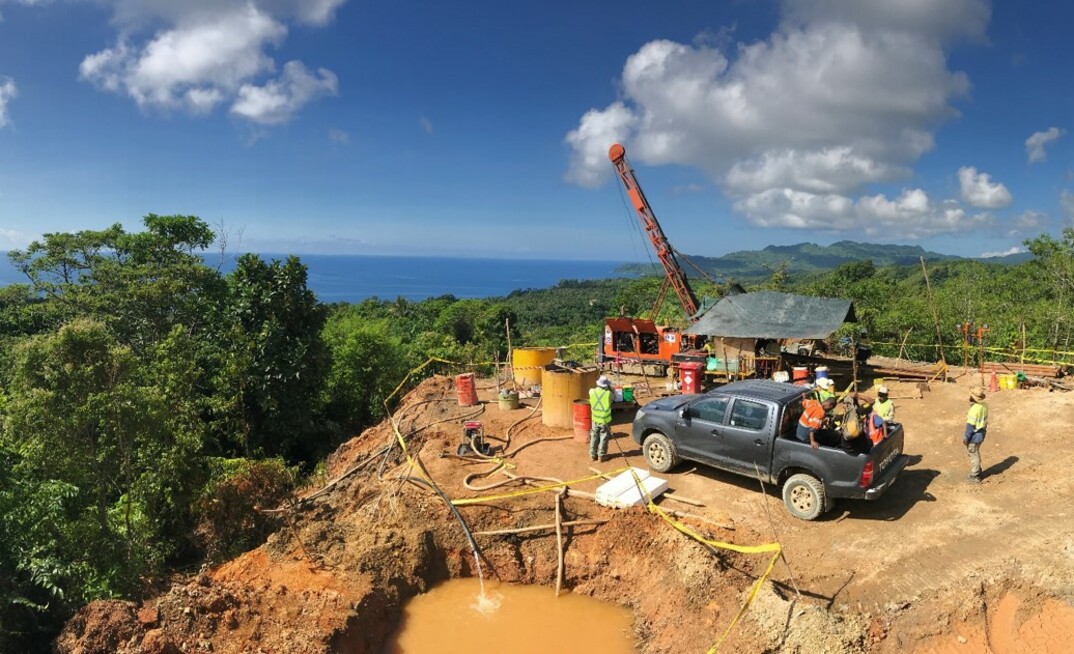There has been a shift towards exploration of new energy sources in the mining industry, but for one Australian gold explorer, the shift to being a producer and operator has been a more organic and prosperous approach.
Not long after divesting its sole Australian project, the ASX-listed gold development company Kingston Resources picked up a new acquisition on the east coast of Australia.
Managing Director Andrew Corbett said the recent purchase of Mineral Hill is a gamechanger for the company as it pursues its goal to become a key player in the Australian gold mining industry.
"Our vision is to be a mid-tier gold producer within the next five years, " Corbett said, adding that with its two current assets "we can really start building our company around that goal".
"We already have a long-life and low-cost project at Misima which is a key driver for business growth. And now we also have an exciting new endeavour in New South Wales which is in production and has excellent exploration potential".
It's been a busy year for Kingston Resources following the divestment of its original project in western Australia. The company entered into a binding agreement to sell its 75% interest in the Livingstone Gold project to Metal Bank for up to $10 million.
In November 2021, Kingston announced it was acquiring the Mineral Hill Gold-Copper Mine in New South Wales, Australia from the US-based Quintana MH Holding Company for up to A$22.7 million in cash, shares, and deferred payments, as well as a 2% royalty on production.
The Mineral Hill mine already has extensive on-site infrastructure with a modern 400ktpa CIL plant and 350ktpa flotation circuit. While historical production has focused on copper recovery, Kingston will also be targeting gold production of 40,000oz from its high-grade gold tails stream.
The Mineral Hill site is located in the Cobar Basin in central western New South Wales, surrounded by multiple large-scale mines in an area which has already seen 170 kilometres of seismic profiling in three lines.

According to Corbett, the immediate focus for Kingston will be delivering on immediate opportunities at Mineral Hill within the next two years, while also delivering its existing Misima Gold Project in Papua New Guinea, where Kingston gained full ownership earlier in 2021.
"We first acquired at Misima in 2017, and we have been steadily increasing that over time to now have full 100% ownership," Corbett said. "We are marching that towards production and we know it is going to create a lot of value for our shareholders".
Located 652 kilometres east of Port Moresby, Misima Island has seen several mining endeavours since gold was first discovered there in 1888. However, Kingston is the first company to recommence gold production on the island since operations ceased in 2004, prior to which an open pit gold mine produced 3.8Moz over 15 years at an average cost of $218/oz.
The Misima Gold project is underpinned by a 3.8Moz gold resource and a 1.35Moz gold reserve, as well as hosting additional exploration targets. Drilling has been focused on identifying near-surface ounces to deliver ore feed in the early years of operation, providing Kingston with a strong foundation for a long-term Asia-Pacific gold operation.
Corbett said Misima has proven to be a key achievement for the company and showcases what they are capable of. "It gave us the platform we needed for M&A activity and to deliver on our strategy".
For Corbett, most of the company's success comes down to the team which has grown exponentially from an initial three-man team in 2016. With 30 people at the Misima Gold Project, 44 at Mineral Hill and six in Sydney's head office, the company now has more than 100 people.
"Our success is due to our talented and dedicated team," Corbett said. "We play to our strengths which is gold and copper. That is our focus and where we intend to grow".
Corbett expects they will continue to look at opportunities that arise, particularly those in locations that are within the same time zones as its current projects.
"Our primary focus is to assess whether a project has exploration potential and possible mine-life expansion," Corbett said. "We also look at projects that can sit in the right place in the cost curve, and whether it is strategically placed".
Although the changing market trends have led some other gold producers to diverge into battery storage and into the environmental, social and governance (ESG) space, Corbett said there isn't enough incentive for them to pursue other avenues.
"We can see it is a very competitive landscape, with producers buying developments projects and branching out," Corbett said. "The market has changed in recent years with the heightened interest in battery storage and ESG but it doesn't work for everyone. You don't need to change your business completely to be green," he said.
"We are very proactive about ESG but we want to be a gold mining company with copper credits. That's what we will focus on".
The energy transition has had an impact on gold mining, especially due to the complexities of building tailings projects which are very water intensive. While drought conditions have now improved across eastern Australia as La Nina intensifies into the summer season, Corbett acknowledged water access continues to be one of the key challenges the company is facing across both sites.
"Mineral Hill is a very water-intensive project so we are always considering how to mitigate the risk, especially in light of the recent NSW drought," Corbett said. "Water is a precious resource and can be expensive, especially for tailings. We have zero allowance for water leaving the site and we ensure we are recycling as much as possible".
While water shortages are not an issue at Misima, Corbett said the company is very focused on ensuring they do not impact the freshwater requirements of neighbouring communities.
Changing climate conditions do pose a challenge for Kingston, but it's not the only one. While their relatively small market cap may have added an extra layer of complexity to acquiring a producing mine and finding the right talent, Corbett believes the past six months have confirmed the company can verify its value to shareholders.
"We believe being on the east coast of Australia, as opposed to Western Australia, will turn those challenges into an advantage," Corbett said. "And if we can overcome these two challenges, we can grow Kingston".
ABOUT THIS COMPANY
Kingston Resources
HEAD OFFICE: Suite 202, 201 Miller Street, North Sydney, NSW, Australia 2060
TEL: +61 2 80217492
EMAIL: info@kingstonresources.com.au
WEB: https://kingstonresources.com.au/
SOCIAL: LinkedIn https://www.linkedin.com/company/kingston-resources-limited/?originalSubdomain=au
DIRECTORS: Mick Wilkes, Andrew Corbett, Stuart Rechner, Anthony Wehby
QUOTED SHARES ON ISSUE: 498 million
MARKET CAP (at August 31, 2023): A$39.8 million


























